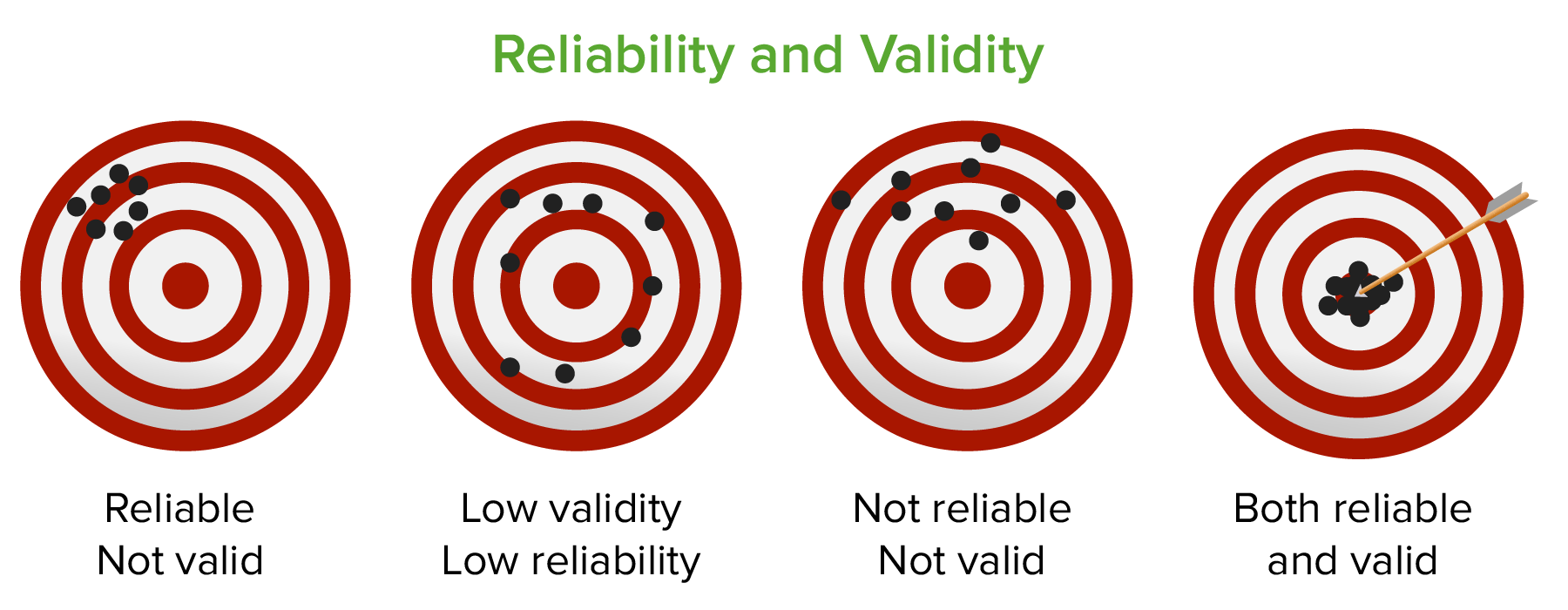Playlist
Show Playlist
Hide Playlist
Relative Risks (Measures of Association): Introduction
-
Slides Measurements of Association.pdf
-
Reference List Epidemiology and Biostatistics.pdf
-
Download Lecture Overview
00:01 Hello and welcome to epidemiology. Let me ask you a question, what does risk mean to you? What's a risky behavior? If I start smoking, what's my risk of getting lung cancer? If you're a doctor and a patient asks you, how do I decrease my risk of getting heart disease by changing certain behaviors, how do you compute that? How do you turn that into a measurable concept? Well today we're going to talk about risk and how to measure risk. 00:25 You're going to learn how to set up a contingency table, that's a kind way that we use to display our numbers to compute risk. You'll also learn how to calculate what we call relative risk and also how to calculate relative risk reduction. And also you'll calculate absolute risk reduction, all measurements of risk. 00:45 So, analytical epidemiology is about discovering and describing relationships between risk factors and outcomes. Risk factors, remember a risk factor is an independent variable that may change the probability of getting a certain outcome. So we say that smoking is a risk factor for lung cancer. So sometimes we don't know if a behavior or a risk factor is causal or not, we don't know if it actually causes an outcome. The best we can say is that it's associated with an outcome; smoking is associated with lung cancer. We assume that it cause lung cancer. It almost doesn't matter if it's causal or not, we can control the outcome by controlling the behavior or the risk factor. So today we're going to explore what this association means. If I say that this risk factor is associated with an outcome, what do you think that means? Well it means that there is a statistical relationship between the exposure and the outcome. We say that there is a numerical statistical relationship between whether or not you smoke and whether or not you get lung cancer.
About the Lecture
The lecture Relative Risks (Measures of Association): Introduction by Raywat Deonandan, PhD is from the course Measures of Association.
Included Quiz Questions
Which of the following best describes a risk factor?
- An independent variable that may change the probability of getting a certain outcome.
- The fraction of the population with a disease after being exposed to certain things.
- A variable that is being tested or measured in an experiment.
- The decision to take a risk.
- Describing how one makes a choice.
What is necessary for a risk factor and an outcome to be associated?
- A statistical relationship
- A causal relationship
- A strong relationship
- No relationship
- An evident relationship
Customer reviews
5,0 of 5 stars
| 5 Stars |
|
5 |
| 4 Stars |
|
0 |
| 3 Stars |
|
0 |
| 2 Stars |
|
0 |
| 1 Star |
|
0 |




